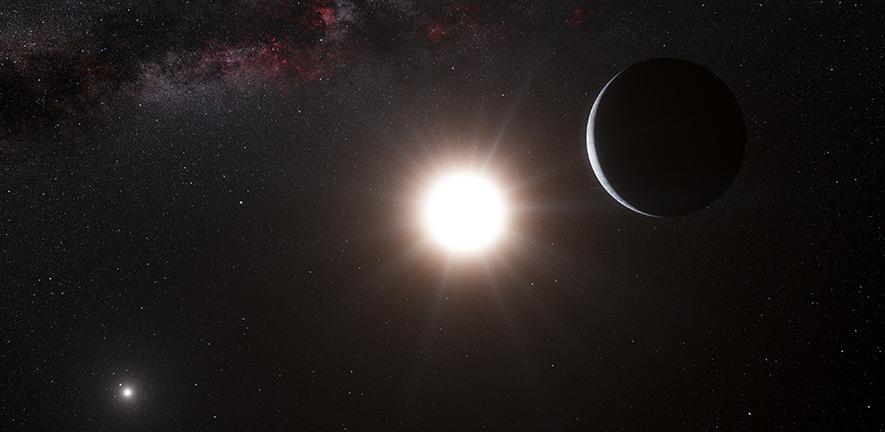
Astronomers at the University of Toronto (U of T) have discovered the first pairs of white dwarf and main sequence stars—”dead” remnants and “living” stars—in young star clusters. Described in a new study published in The Astrophysical Journal, this breakthrough offers new insights into an extreme phase of stellar evolution, and one of the biggest mysteries in astrophysics.
Scientists can now begin to bridge the gap between the earliest and final stages of binary star systems—two stars that orbit a shared center of g...
Read More







Recent Comments